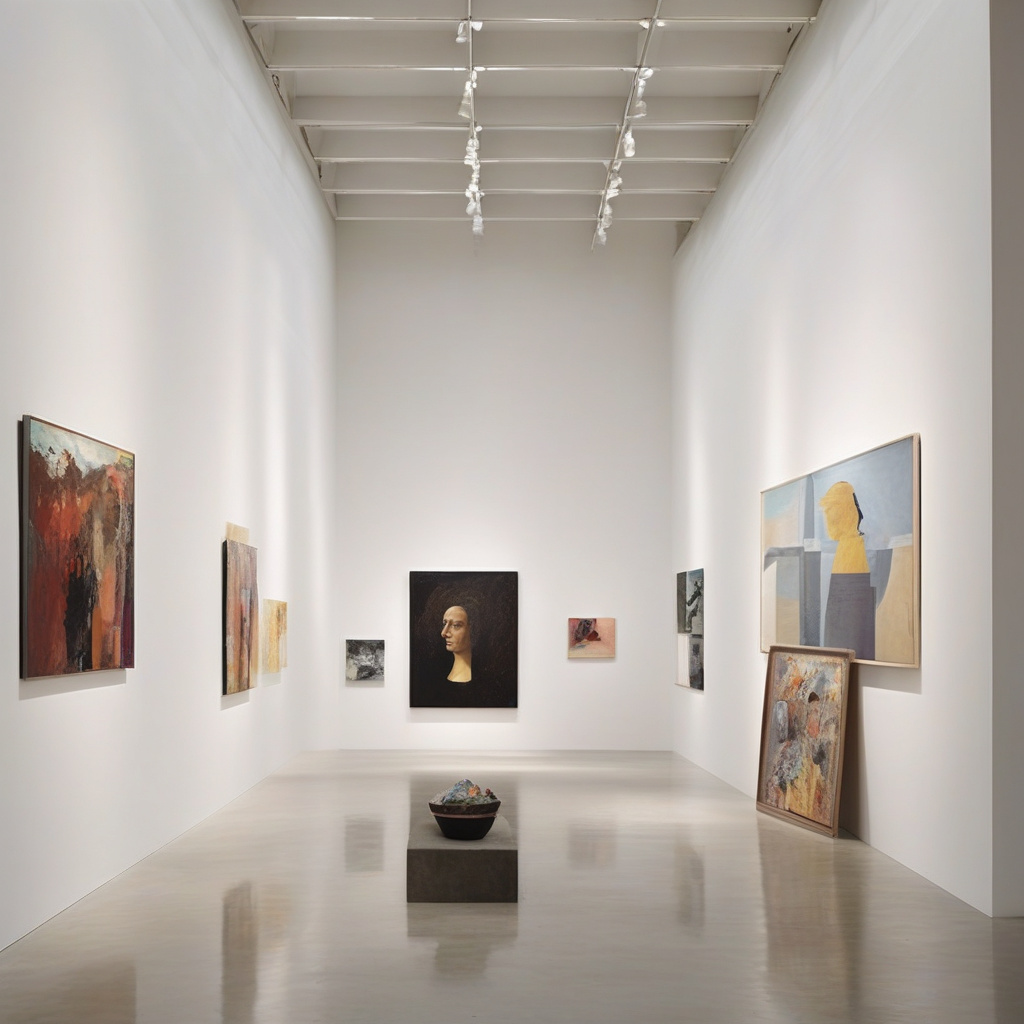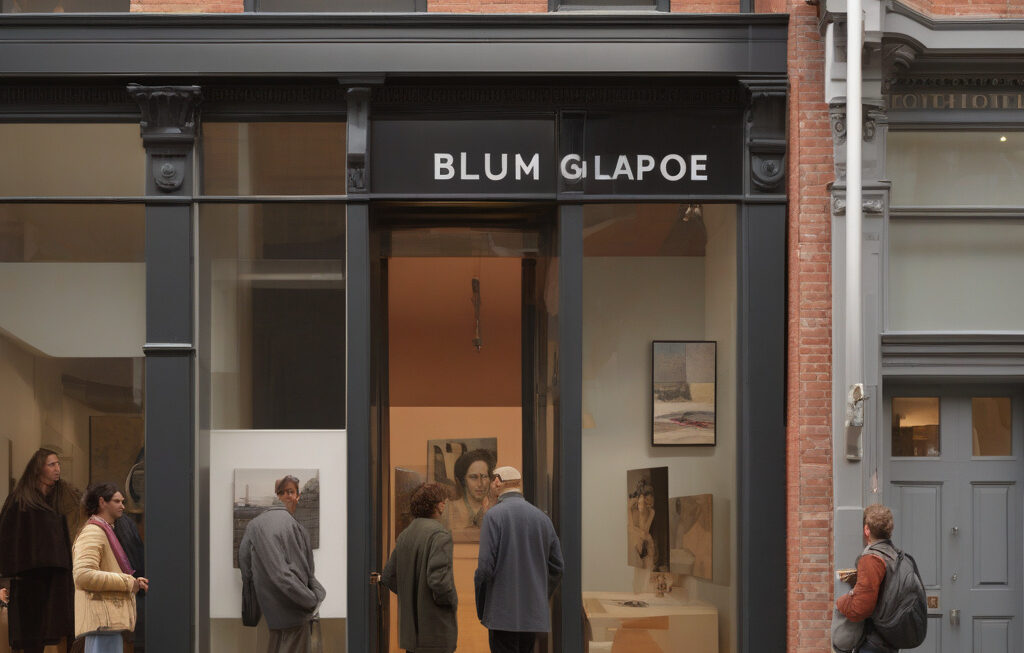What’s Behind the Art Market Malaise?
The art market, known for its resilience and ability to withstand economic downturns, is currently experiencing a period of uncertainty and malaise. The fine art sector, in particular, is facing existential challenges that go far beyond the current market turbulence. According to Marc Spiegler, the Global Director of Art Basel, these challenges are multifaceted and require a deeper understanding of the underlying issues at play.
One of the primary factors contributing to the art market malaise is the changing preferences and buying habits of collectors. As the art world becomes increasingly globalized and interconnected, collectors have more options than ever before. This has led to a shift in demand towards contemporary and emerging artists, while traditional and established artists are facing a decline in interest. As a result, galleries and auction houses are struggling to adapt to these changing dynamics and are finding it difficult to attract buyers for their inventory.
Another key issue facing the art market is the lack of transparency and accountability in pricing. The opaque nature of pricing in the art world has long been a topic of contention, with many industry insiders calling for greater regulation and oversight. Without clear pricing information, buyers are often left in the dark about the true value of artworks, leading to a lack of trust and confidence in the market as a whole.
Furthermore, the rise of digital technologies and online platforms has disrupted the traditional gallery model, making it easier for artists to sell their work directly to consumers. While this has opened up new opportunities for artists to reach a wider audience, it has also created challenges for galleries and dealers who rely on exclusivity and scarcity to drive sales. The democratization of the art market through online platforms has fundamentally changed the way art is bought and sold, forcing traditional players to rethink their business models.
In addition to these industry-specific challenges, the art market is also being impacted by broader economic and geopolitical factors. The ongoing trade tensions between major economies, the uncertainty surrounding Brexit, and the lingering effects of the COVID-19 pandemic have all contributed to a sense of instability and caution among art investors. As a result, many collectors are choosing to hold onto their cash rather than invest in expensive artworks, further dampening market activity.
Despite these challenges, there are opportunities for growth and innovation in the art market. By embracing digital technologies, fostering greater transparency, and cultivating emerging talent, the industry can adapt to the changing landscape and attract a new generation of collectors. Collaboration between galleries, artists, collectors, and institutions will be key to driving the art market forward and ensuring its long-term sustainability.
In conclusion, the art market malaise is a complex issue that requires a nuanced understanding of the underlying factors at play. By addressing the changing preferences of collectors, improving pricing transparency, leveraging digital technologies, and navigating economic uncertainties, the industry can overcome its current challenges and thrive in the years to come.
art market, malaise, collectors, transparency, digital technologies












